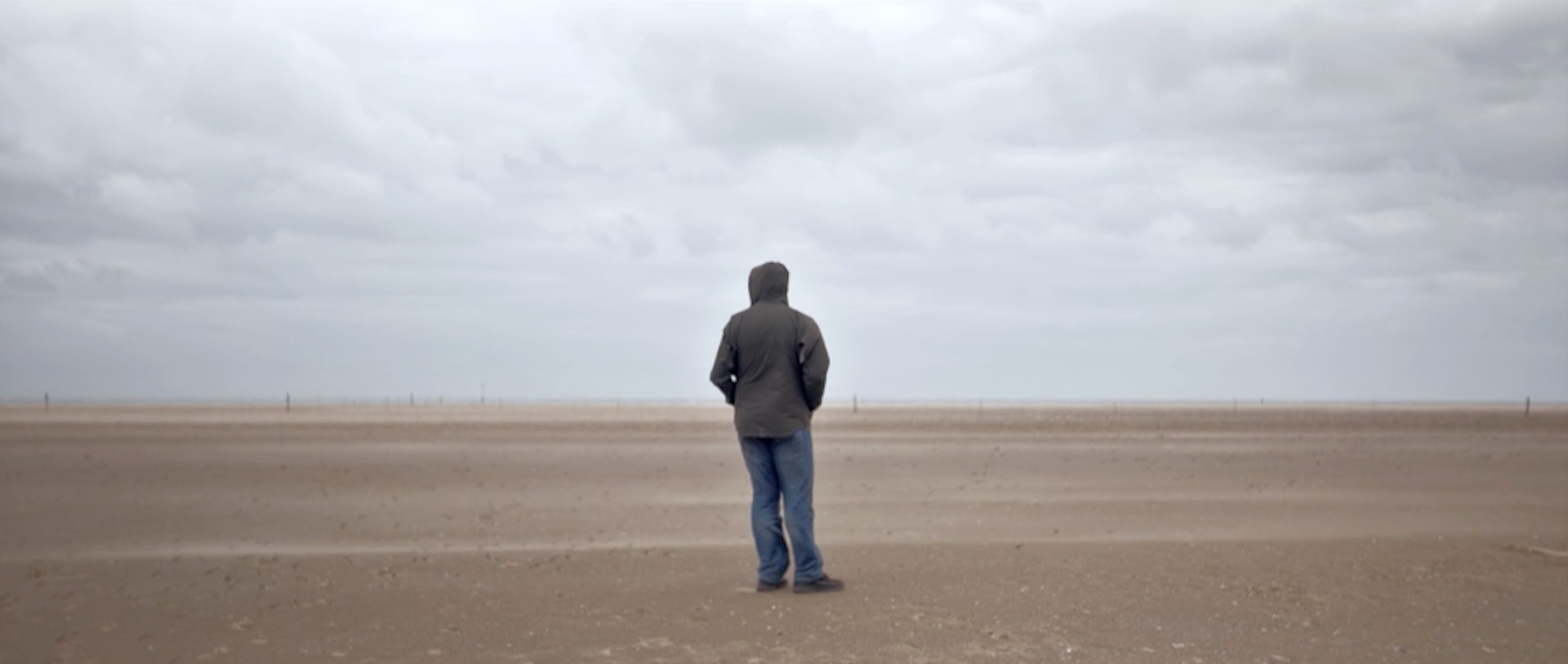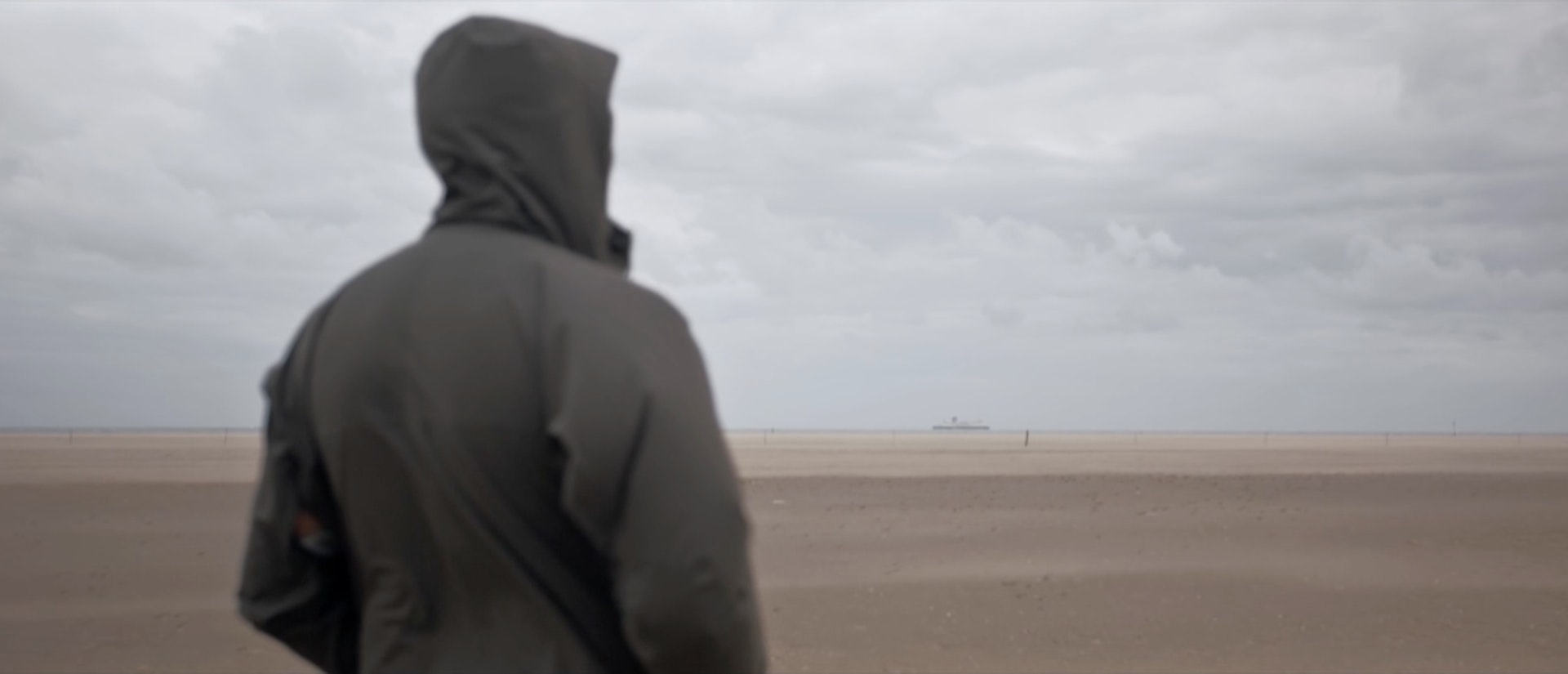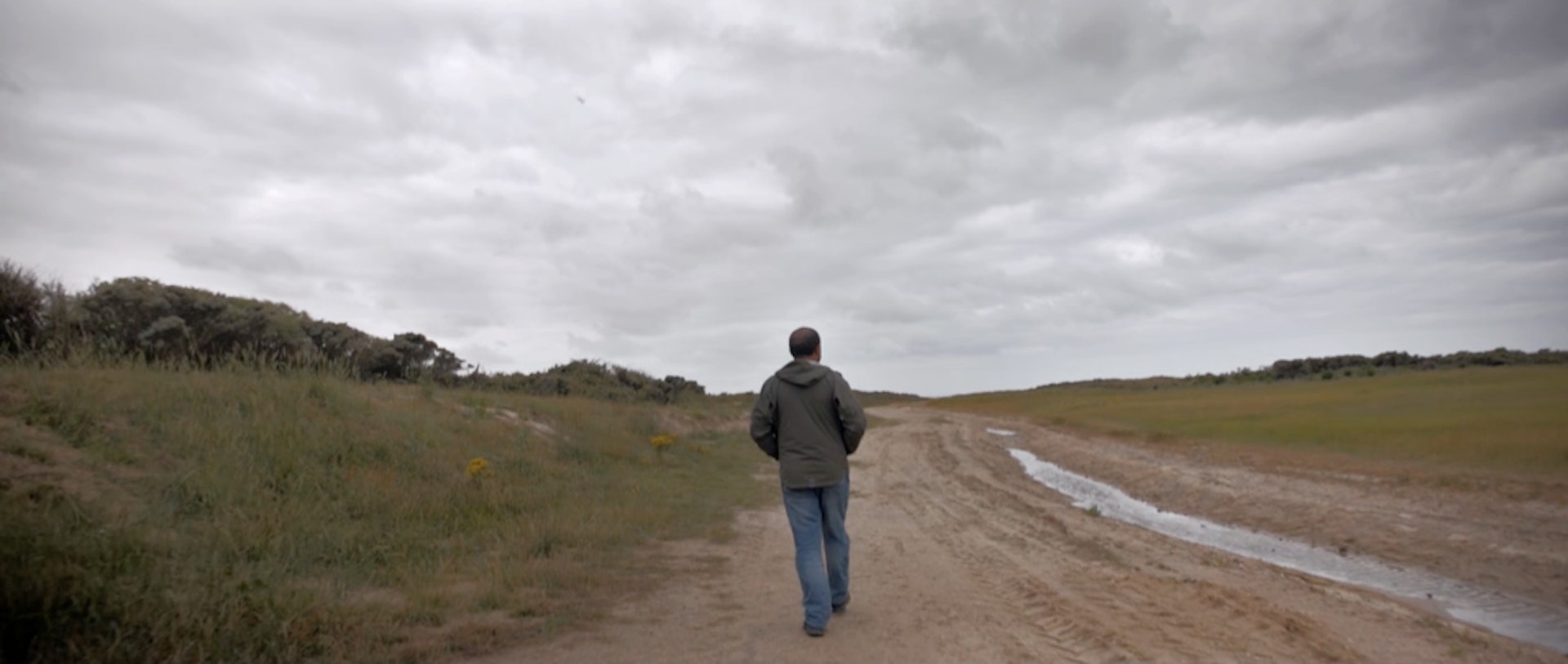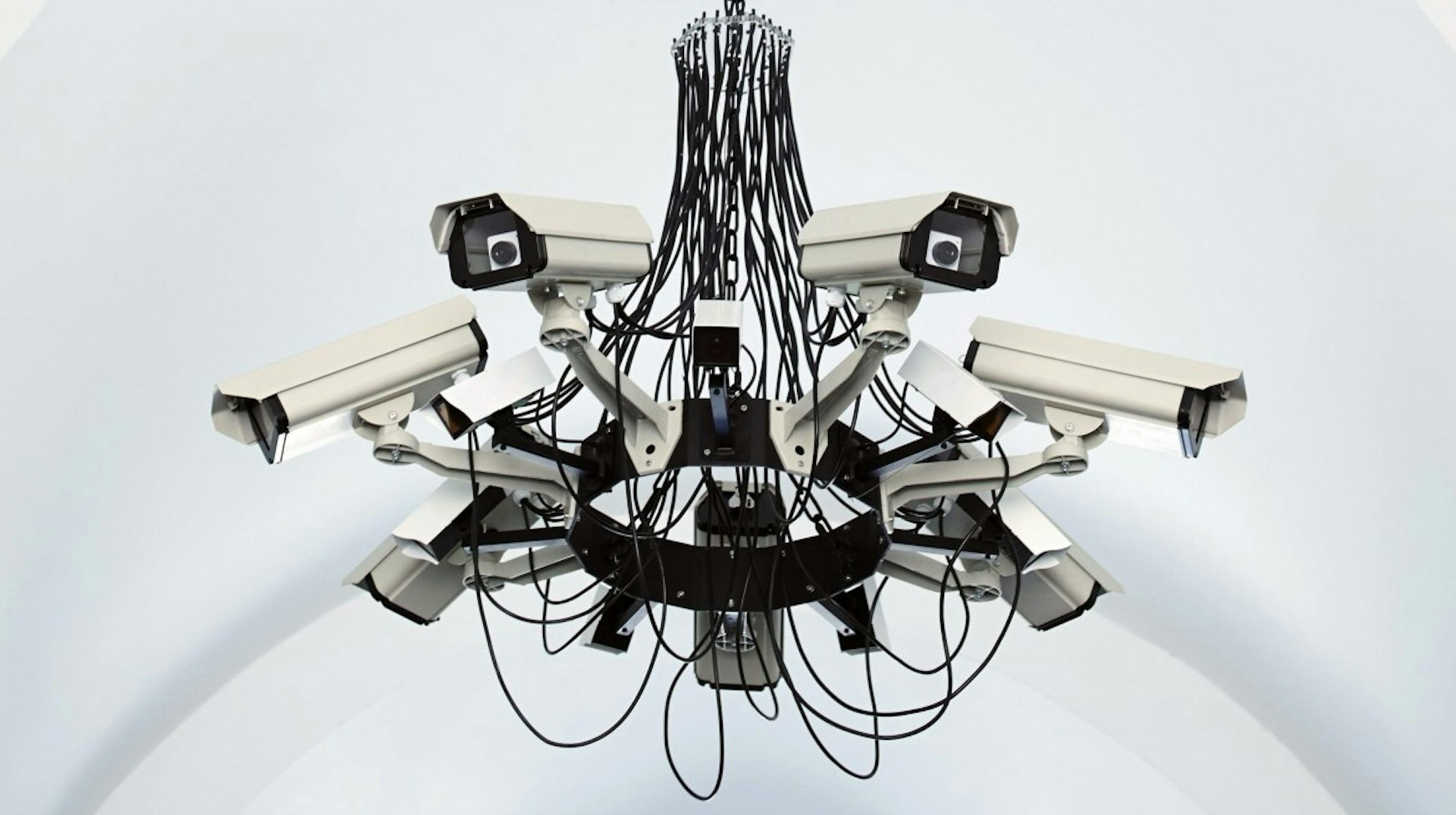- Text by Adam White
It has been over fifty years since the British ended the protectorate over Kuwait, granting the country independence in the process. But after official nationality was given to just two thirds of the population, one third was left stateless, or ‘bidoon jinsiya’. The Bidoon have faced persecution ever since, denied citizenship and basic civil rights and forced to live in slums on the outskirts of the state capital.
For filmmaker and photographer Daniel Ali, the decades-long discrimination forms the backbone of his latest documentary short. Titled The Journey of a Stateless Man, the film follows Talal, a stateless refugee who has fled Kuwait and is currently being held in the Calais refugee camp known as ‘the Jungle.’ In intimate, harrowing narration, Talal describes his personal journey, as well as the daily horrors he experiences while under detention.
Huck spoke to Daniel about his experiences of making the film, and the process of shooting in what has become the tragic epicentre of the refugee crisis.
How did you first get involved in documenting the Bidoon?
It was a result of wanting to tell someone’s story of how and why they made it to the Jungle in Calais. I was after someone who I could connect with on a face to face level, someone who I could envisage relating to a wider audience here in the UK. I was less concerned about the particulars of what people were running from or what they were trying to find here in the UK but more interested in someone’s limits and what drives a person to uproot their life, risking their lives to build a new future. Albeit having a legit reason for wanting to start a new life in the UK – I wanted to avoid economic migrants as that seems to be one of the general views cast upon the refugees at the moment.
When I found Talal and heard about his history as a Bidoon I felt inclined towards him and therefore to tell his story. He was very open and wanted his situation highlighted because he felt his plight had been overshadowed by the horrifying stories of so many others on the same journey as him. He explained how his problems as a Bidoon had been around for decades and had affected generations before him.

Nearly everyone I met was very polite and open about their experiences and generally in surprisingly good spirits, although I was given a few warnings that my journalist-type appearance would upset and anger a few. I experienced no problems but one gentleman made it clear that he felt like Western journalists were treating the camp like a zoo. Arriving in a desperate situation, grabbing what pictures they could and returning home to make money from the results and not having a positive impact on the lives of the thousands stuck in the slum-type community they have found themselves in. I have to say it was a strange scenario witnessing white, dreaded activists camped around the area and the various white photographers I saw. Obviously making the most of having such a place on their doorstep.
I decided to carry a camera on me as little as possible. Of the four days I spent there I probably only had the camera out for about two hours in the camp itself. It was the best thing I could have done. I must have talked with about 30/40 people, all of whom answered the questions I posed. Furthermore, they went on to dispel myths in the news and to explain clearly and intelligently why they were fleeing their homes and heading to the UK. I felt safe and welcome in the camp and if I didn’t have all of my kit with me I would have wanted to stay in the actual camp myself in order to attain as much understanding of the situation as I could.

The face of the stateless man is obscured throughout the film. Was that out of necessity or was it an artistic choice?
Talal was understandably a little uneasy in front of the camera. I asked him if he wanted to reveal his face or not and he gave me the choice. So I chose a tight frame of his mouth and showed him the monitor so I could make sure he was happy with how he would be represented. I wanted him to share as much as he felt comfortable with, so he was free to simply talk to us rather then be preoccupied by how he presented himself to the camera. As the hour long interview went by I slowly pulled the frame out to give me a slightly wider shot, revealing more of his face as we learned more about his story.

As a photographer and filmmaker, what draws you to certain themes or stories?
I’m constantly researching ideas and stories and trying to make contacts. I like to make use of friends and family living in various parts of the world, so I try to find stories in those places. That way I get to remove myself from work commitments and everyday life, which means I can focus on the project. Once I’ve found the subject or topic and it looks likely that I can make a thing of it, then I do something that commits me to the project like booking flights or buying equipment.
I have a general interest in politics, religion and cultural differences, but what’s behind all of my stories is the enjoyment of finding an individual or individuals with a story to tell. Then trying to visually share those stories with all kinds of people who otherwise might never have been aware.
Enjoyed this article? Like Huck on Facebook or follow us on Twitter.
